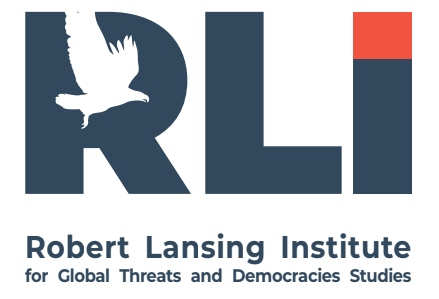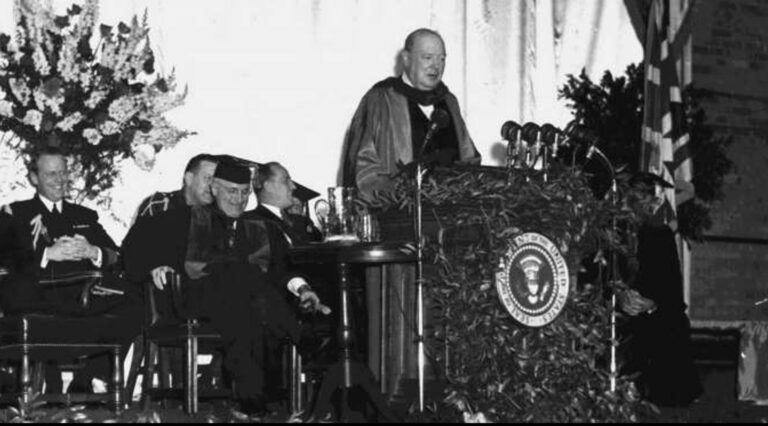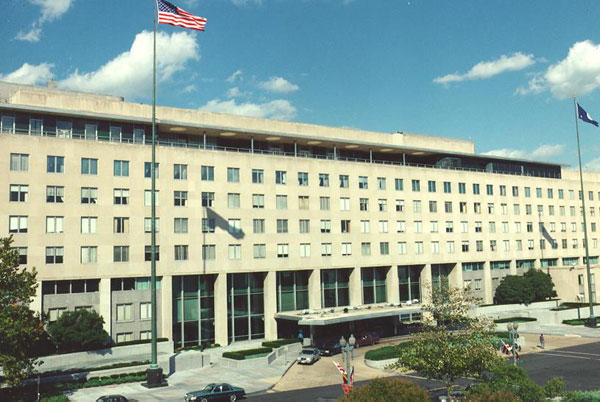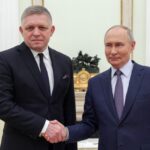In response to growing concerns about Russian subversive and espionage activities in Europe, Poland and the Czech Republic have proposed limiting the movement of Russian diplomats across the Schengen area. This initiative, emerging amidst heightened East-West tensions and Russia’s ongoing war against Ukraine, raises critical questions about the balance between counterintelligence needs and the integrity of diplomatic protocols within the European Union.
1. Strategic Rationale for Restricting Movement
Curbing Intelligence Activity
- Russian intelligence agencies (GRU, SVR, FSB) frequently operate under diplomatic cover. The freedom of movement across 27 Schengen states grants these operatives a broad operational theater.
- Restricting movement would hamper coordination, limit access to targets (including dissidents, critical infrastructure, and dual-use technologies), and disrupt intelligence logistics networks.
Preventing Subversive Campaigns
- Russian diplomats have allegedly facilitated disinformation, political interference, and cyber coordination across Europe.
- Limiting their physical mobility could disrupt these multi-state efforts, especially in smaller or less-secure EU members that lack robust counterintelligence resources.
2. Historical Precedents
Cold War Examples
- During the Cold War, both NATO and Warsaw Pact countries routinely restricted Soviet and American diplomats to designated zones, often within 40-50 km of their respective embassies.
- The U.S. imposed “travel zones” for Soviet diplomats, requiring advance notification and denying access to sensitive areas like military bases or research hubs.
- Similarly, Finland, Norway, and West Germany maintained partial movement restrictions on Soviet personnel, often reciprocal in nature.
Modern Contexts
- After the Skripal poisoning in 2018, several countries expelled dozens of Russian diplomats and tightened security clearances.
- The Czech Republic, after uncovering GRU operations behind the 2014 Vrbětice arms depot explosion, expelled 18 Russian diplomats and restructured its diplomatic staffing quotas.
These precedents show that restricting diplomatic access is not unprecedented and has legal and political foundations, particularly when tied to national security.
3. Pros of Limiting Movement
A. Security and Intelligence Benefits
- Reduces the operational scope for Russian agents under diplomatic cover.
- Increases the burden on Russian services to recruit non-official cover assets or rely on riskier local networks.
- Forces Russian intelligence to focus on fewer geographic areas, making surveillance and disruption easier for host countries.
B. Political Signaling
- Sends a clear message of zero tolerance for hostile activities, reinforcing EU unity against Russian aggression.
- Demonstrates proactivity in protecting infrastructure, elections, and civil society from hybrid threats.
C. Encourages Reciprocity and Transparency
- Could lead to a reassessment of Russian diplomatic staff numbers, addressing longstanding concerns over staff bloat and espionage.
- Promotes reassessment of bilateral diplomatic parity—especially in smaller EU states where Russian missions are disproportionately large.
4. Cons and Challenges
A. Diplomatic Backlash and Retaliation
- Russia is likely to respond by expelling EU diplomats or restricting access to European missions in Moscow.
- Could escalate to a tit-for-tat dynamic, reducing the effectiveness of legitimate diplomacy and consular services.
B. Legal and Procedural Ambiguities
- The Vienna Convention on Diplomatic Relations (1961) guarantees freedom of movement, though host nations may limit movement for security reasons.
- Legal frameworks in the EU may vary by country, leading to coordination challenges and inconsistent enforcement.
C. Possible Schengen Tensions
- Some EU countries (e.g., France, Italy, Hungary) may view this policy as overly aggressive or unnecessary, threatening Schengen cohesion.
- Requires unanimous or broad EU agreement to avoid creating “weak link” states through which Russian agents can still operate.
5. Potential Consequences
Short-Term
- Decreased Russian intelligence mobility in Central Europe.
- Diplomatic deterioration between Russia and EU/NATO states.
- Public support in Poland and the Baltics, but mixed reactions elsewhere.
Medium-Term
- Russia may diversify intelligence platforms, relying more on cyber tools, criminal networks, or proxy actors (e.g., Belarus).
- Could prompt closer EU counterintelligence coordination through Europol, NATO, or an ad hoc task force.
Long-Term
- Set a precedent for zoning protocols within Schengen space during geopolitical crises.
- Shift toward a more securitized vision of diplomacy in Europe.
- If successful, could encourage similar policies against other state actors engaged in hybrid warfare (e.g., China, Iran).
Limiting the movement of Russian diplomats across the Schengen Zone could serve as a powerful tool in Europe’s defensive posture against espionage and subversion. While it would likely provoke diplomatic retaliation and legal scrutiny, the move reflects the growing urgency to modernize European security doctrine in light of asymmetric threats. Historical precedent during the Cold War lends this proposal credibility, but its success will depend on unified EU enforcement, legal clarity, and strategic communication to avoid undermining the very democratic norms the policy aims to protect.
Actionable Policy Recommendations
EU institutions and national governments should
- Adopt a coordinated travel restriction policy for Russian diplomats across all Schengen states, ensuring uniform enforcement.
- Create an EU-Russia Diplomatic Oversight Task Force monitor the implementation and respond to violations.
- Review staffing levels of Russian diplomatic missions to identify suspicious personnel and reduce overrepresentation in smaller EU states.
- Establish clear legal justifications under the Vienna Convention (Article 26 + 29) for movement limitations, citing security threats.
- Develop risk-based “sensitive zone maps” within the EU (e.g., military bases, critical infrastructure, cyber hubs), where all non-local diplomats must get authorization to enter.
✅ 2. Priority Countries and Phasing
Offer a roadmap with initial focus areas and phased rollout:
- Phase 1 (Pilot): Poland, Czech Republic, Estonia, Lithuania – highly exposed, politically aligned.
- Phase 2: Broader Central Europe + Baltic region.
- Phase 3: Encourage France, Germany, Italy to adopt tailored restrictions based on their threat profiles.
This allows for regional momentum while navigating resistance from larger or more diplomatically cautious countries.
✅ 3. Legal and Diplomatic Safeguards
Anticipate pushback and ensure the plan is legally watertight and diplomatically sustainable:
- Reaffirm commitment to diplomatic norms, limiting only for security purposes, not political retaliation.
- Emphasize temporary or conditional nature of restrictions—subject to periodic review and reciprocity-based diplomacy.
- Engage legal services of the European External Action Service (EEAS) to coordinate messaging with international partners.
✅ 4. Risk Mitigation Strategy
Prepare for blowback scenarios and offer contingency plans:
- Reciprocal expulsions: Prepare support networks for EU diplomats facing Russian retaliation (e.g., in Moscow or consulates in Russian-allied countries).
- Disinformation campaigns: Pre-position factsheets and narratives explaining the policy to the public.
- Internal EU division: Create a high-level task force under the European Council or NATO-EU hybrid threats center to ensure unity and coherence.
✅ 5. Monitoring and Evaluation Framework
Propose mechanisms for tracking impact:
- Establish a quarterly threat intelligence report assessing Russian diplomatic movements, operations disrupted, and cooperation levels.
- Integrate findings into annual EU Security Strategy reviews.
Allow member states to report suspicious incidents via an EU fusion center under Europol or EEAS.
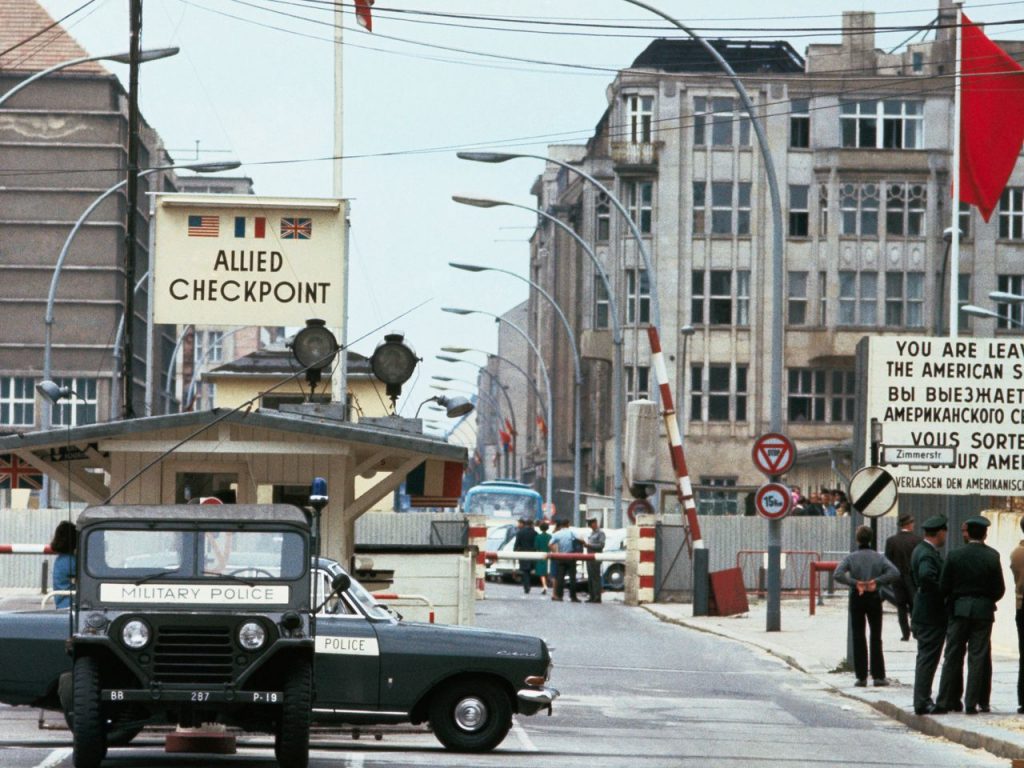
More on this story: Increased Russian activity since the Cold War days requires tougher response
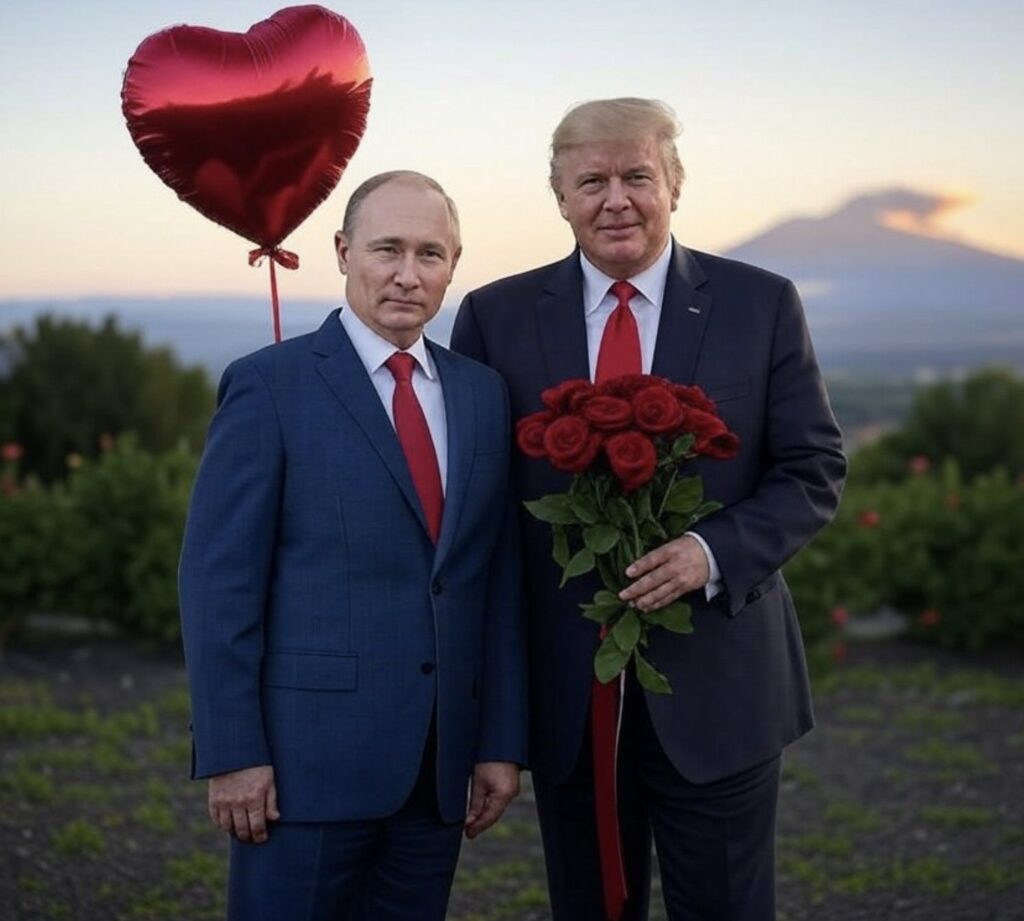
More on this story: Misjudging Russia Could Lead to War in Europe”
